Citroën design strategy director Mark Lloyd is the kind of bloke who sees opportunities, not problems.
“Back in 2009, it was a pretty bad time for the economy,” he says. “I gave a presentation about where I thought we should go.
"I opened it with images of world catastrophes from throughout history and highlighted the effects of those situations on accelerating change. I wanted to demonstrate the energy that can be harnessed from times of stress.”
Fast forward to a sunny day in April 2015 in the centre of Paris, and Lloyd is a vision of contentment, as well he might be as he navigates the traffic at the wheel of a C4 Cactus, a deliberately polarising car that his stark words in the boardroom six years earlier helped to make a production reality.
It’s for that foresight, coupled with a relentless desire to think differently, that Lloyd has been honoured with the 2015 Sturmey Award, named after Autocar’s founding editor, Henry Sturmey.
The award was created in 2014 to salute innovation and achievement in the motor industry, and Lloyd was selected by judges not just for his work on the Cactus, the underlying philosophy of which will influence future Citroën design, but also his role in establishing the DS brand.
Lloyd arrived at these pivotal roles after an early career that stands out for its glittering success and a slightly wilful approach to attacking convention.
“As a child, I was interested in sailing boats, and it was the Weymouth Speed Week that fascinated me,” he says.
“People went along with weird and wonderful creations trying to beat speed records.
"It was always fascinating to see what they came up with and I’d make models out of balsa wood trying to recreate them and make them go even faster.”
Faced with a quandary of what to study at university, Lloyd weighed up engineering, architecture and photography before – unusually – settling on the one with the most stable prospects.
Even then, a curve ball wasn’t far away: he graduated from Cambridge with an engineering degree, having specialised in fluid mechanics, knowing he didn’t want to be an engineer.
Instead, he earned a place at the Royal College of Art.
“You have to remember that 99% of the people on that course had studied design,” he says. “I came from engineering, where you only draw technically.”

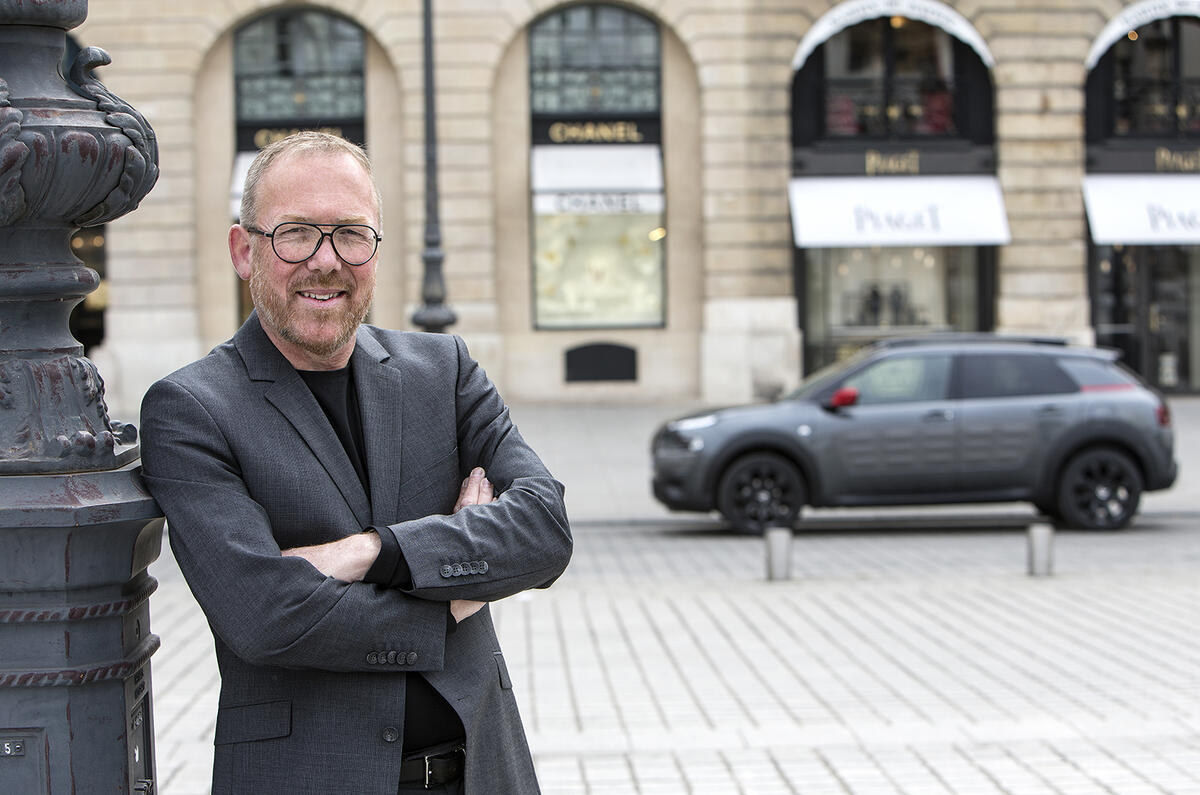

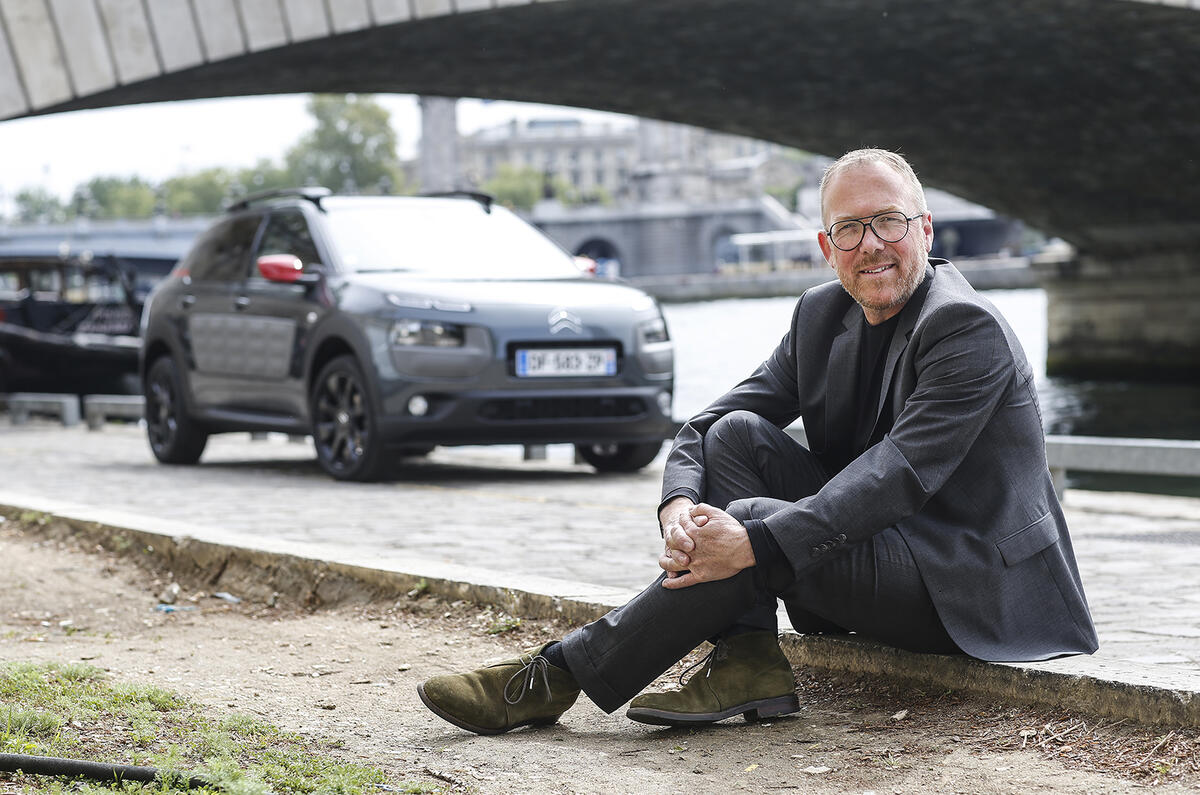
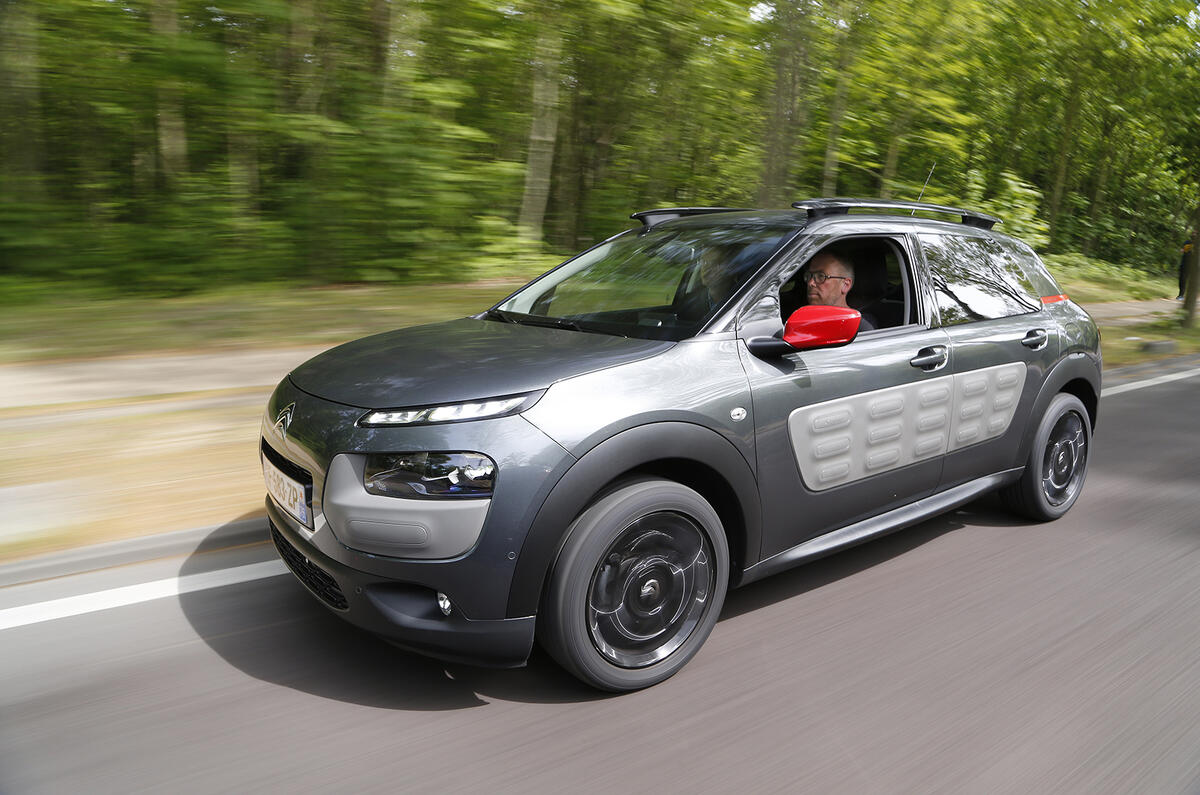
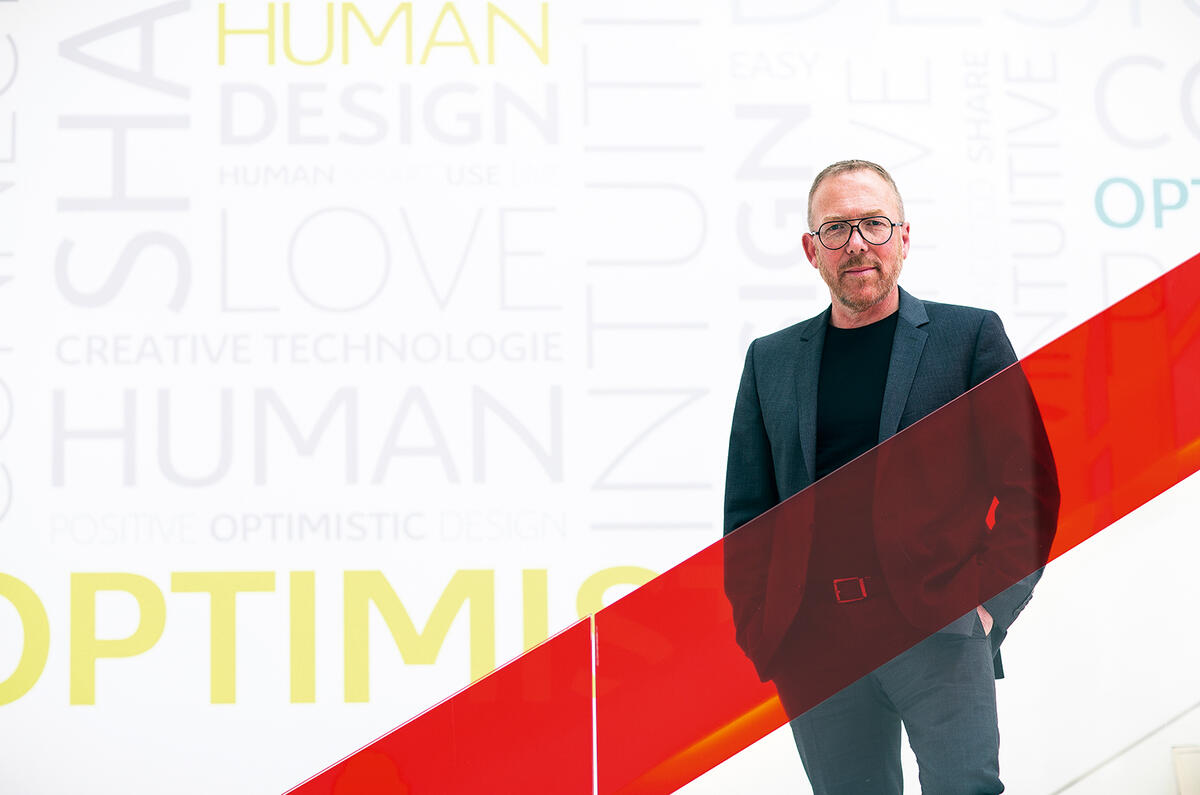
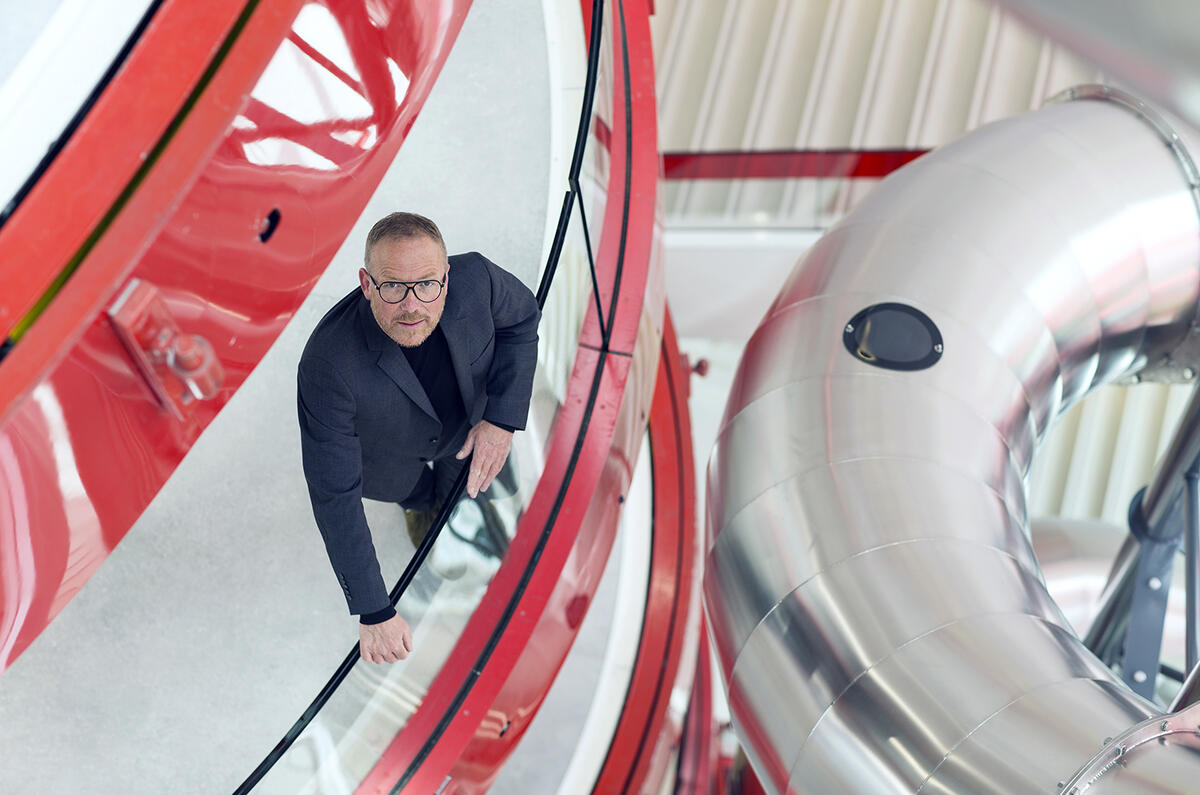





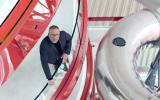



Join the debate
Add your comment
Citroen's design legacy.
Other than some appearance and styling signatures like great new technology headlights,(now left to the Germans)or partially covered rear wheels,(last used by Honda to denote aerodynamics on their Insight hybrid, so we know they recognise what they denote), what great distinctive trademark success from Citroens now important past can be re-introduced?
Perhaps it will be Citroen's greatest technological achievement, Hydro-pneumatic suspension. Automatically self levelling, with selectable variable ride height, giving a great ride and at the same time, capable of improving handling so much, it's use was banned in WRC and McLaren uses it in their top road cars.
And even better only two other manufacturers have used it, Rolls Royce and Mercedes Benz.That might help with marketing?
With SUV- type vehicles becoming the most common market type and height adjustable suspension options appearing further down in other maker's ranges,perhaps now would be a good time to re-introduce it. No license fees need be paid or tooling developed as the system was developed and is owned by the company.
If Citroen is to regain and retain their autonomy and their reputation as design leaders AND as technology leaders surely they must?
Or perhaps they'll just introduce those DS(original) high level pod mounted rear indicators? After all, that would be easier, and quirky with a nice sheen of practicality.